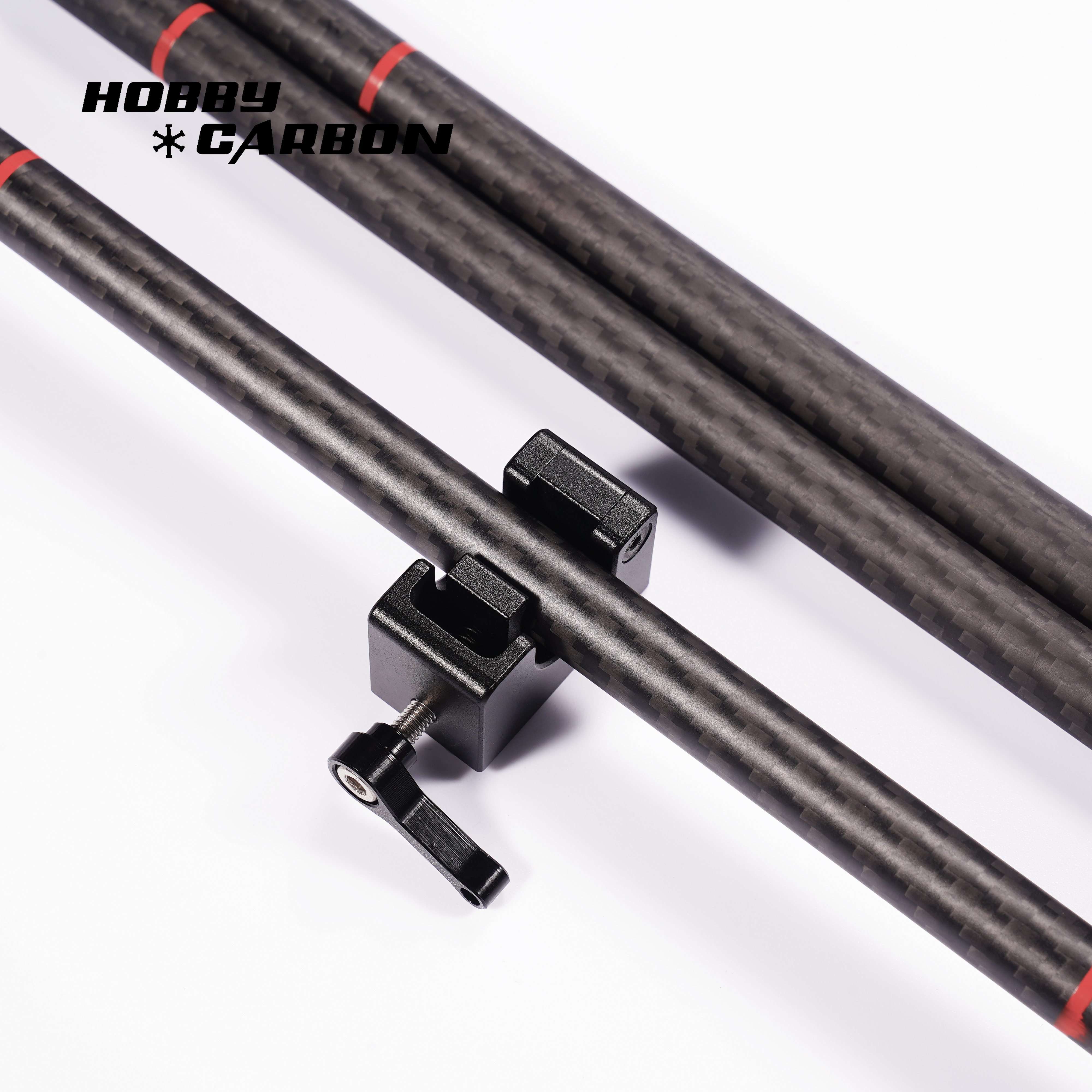Usually metal alloy surface treatment will choose electroplating or anodizing, what is the difference between the two processes.

1. different approaches In electroplating, the material to be electroplated is used as the cathode, and the same metal material as the coated metal is used as the anode (also using insoluble anode) . The coating material and the material to be electroplated are two different materials, such as beryllium copper nickel plating, beryllium copper substrate, nickel coating. Anodic oxidation uses chemical or electrochemical treatment to form a coating on the surface of the metal containing the metal. A material that acts as an anode and is protected by an applied current to form a film on the surface of the material in a specific electrolyte. If the aluminum alloy oxidation, is in the aluminum alloy surface to form a layer of alumina film, alumina chemical stability, will not be oxidized, not acid corrosion, but also dyed into a variety of colors. 2. different objects The objects treated by electroplating method are mainly metal or non-metal. The most commonly used plating metal for nickel, chromium, tin, copper, silver and gold. That is often said nickel, chromium, gold and so on. Anodizing is the method of metal surface treatment. Most metal materials, such as stainless steel, zinc alloys, aluminum alloys, magnesium alloys, copper alloys, and titanium alloys, can be anodized in an appropriate electrolyte. 3. different approaches Electroplating is electroplating material as a cathode, anodizing strip treatment material as an anode Electroplating is due to the charge effect, metal anode ions to move to the cathode, and in the cathode to get electrons and deposition on the material to be plated. At the same time, the metal of the anode dissolves, constantly replenishing the metal ions in the electrolyte. Firstly, the plating bath has six elements: main salt, additional salt, complexing agent, buffer, anode activator and additive. Electroplating principle includes four aspects: electroplating solution, electroplating reaction, electrode and reaction principle, electrodeposition process of metal. Anodizing is an electrochemical method to control the formation of oxide layer to prevent further oxidation and increase the surface mechanical properties of aluminum alloy. Generally speaking, the anode is made of aluminum or aluminum alloy, while the cathode is made of lead plate. The aluminum and the lead plate are placed together in an aqueous solution, in which sulfuric acid, oxalic acid, chromic acid, etc. are electrolyzed, to form an oxide film on the surface of the aluminum and lead. The most extensive of these acids is anodic oxidation with sulfuric acid. Aluminum alloy anodizing technology is the most widely used and most successful, aluminum alloy anodizing can greatly improve the surface hardness, wear resistance and other indicators. There are a lot of micro-holes in the film, which can absorb all kinds of lubricant and is suitable for making engine cylinder or other wear-resistant parts. Anodizing of Non-ferrous metal or its alloys, such as aluminum, magnesium and their alloys, is widely used in mechanical parts, aircraft and automobile parts, precision instruments and radio equipment, daily necessities and architectural decoration. Why is aluminium alloy not suitable for electroplating? The chemistry of aluminum is more active, if electroplating, in acidic electrolyte, the cathode on the aluminum ion in the electron reduction, the formation of aluminum salt and hydrogen. If it`s an alkaline electrolyte, it creates Aluminum hydroxide and hydrogen gas. Therefore, aluminum can not be electroplated to obtain a coating. It`s the same reason that electrolyzing salt water doesn`t get sodium metal, it gets sodium hydroxide. It is necessary to pay attention to the poor oxidation surface effect of die-cast aluminum alloy Casting aluminum alloys and die castings generally contain high silicon content, the anodic oxide film is dark, it is impossible to get colorless transparent oxide film, with the increase of silicon content, the color of the anodized film varies from light gray to dark gray to black gray. Therefore, cast aluminum alloy is not suitable for anodizing. But the effect of anodizing treatment of zinc alloy die casting is very poor, the yield is very low, anodizing treatment is also a very complicated process. Zinc alloy die castings are usually electroplated by surface treatment.
Threaded Hex Nylon Standoff
Anodized Aluminum Hex Standoff
Hex Aluminum Standoffs
Aluminum Hex Female Threaded Standoff
Aluminum Hex Standoff
Aluminum Round Standoff
Threaded Aluminum Standoff



